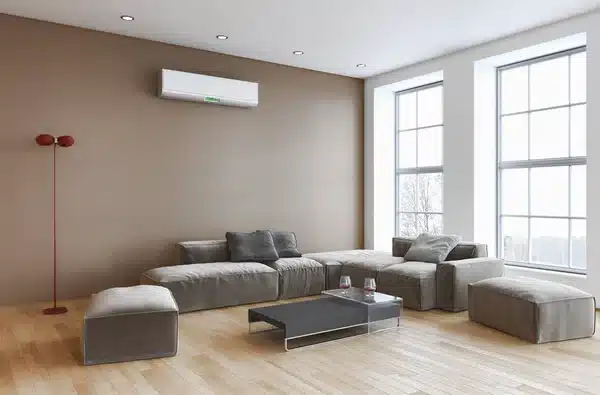
Knowledge about indoor air quality is essential to a healthy indoor environment. Most people spend much of their time indoors, so having a clean and fresh environment is necessary. A balanced ventilation system is one excellent option to accomplish this goal. With this system in place, healthy air exchange between the outside and the inside is ensured.
What Is a Balanced Ventilation System?
Balanced ventilation refers to systems designed to bring fresh air into a building while removing stale air at the same volume. A balanced ventilation system in NZ helps maintain indoor air quality by ensuring consistent airflow in tightly sealed buildings. Balanced pressure creates a stable movement of fresh air, which helps decrease the presence of indoor pollutants. These systems help to keep the air pressure constant, meaning that no extra air is finding its way into your home, which is a significant advantage over other ventilation methods.
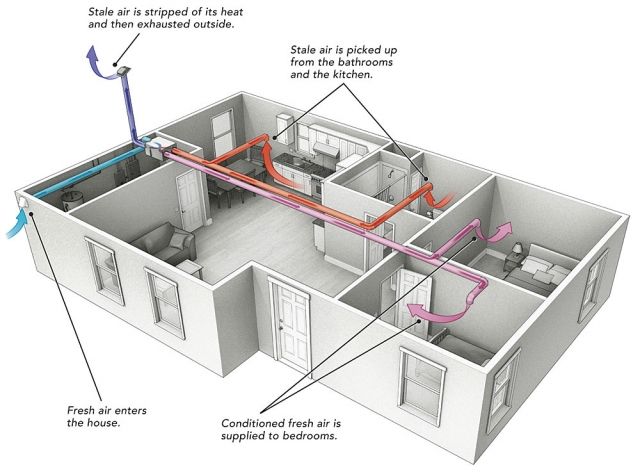
Building Blocks and Working
Generally, balanced ventilation systems comprise two key units—an air supply and an exhaust. The supply unit provides fresh air, and the exhaust unit removes exhausted air. They operate in conjunction with a portion of the machine that ensures equal air enters and leaves the building. This equilibrium is essential for maintaining indoor air quality.
Advantages of Balanced Ventilation
Improved Air Quality
Balanced systems constantly replace stale indoor air with fresh outdoor air, which leads to less pollution (dust, allergens, and volatile organic compounds, to name a few). This creates a cleaner atmosphere that is particularly useful for people with breathing conditions.
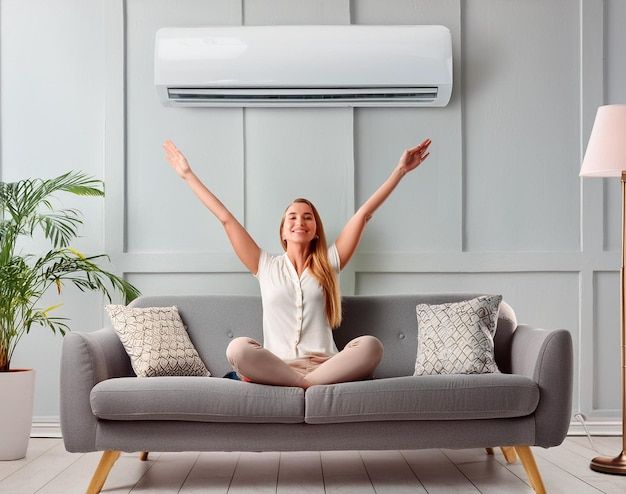
Energy Efficiency
These systems also commonly use energy recovery ventilators that exchange heat between incoming and outgoing air. This keeps the indoor temperature constant, reducing the house’s heating or cooling.
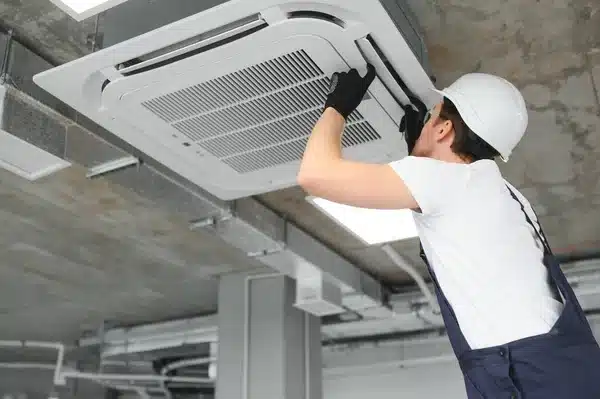
Humidity Control
Balanced ventilation helps control humidity in the interior air. These systems help prevent moisture, and therefore help fight mould, which harms your health and property.
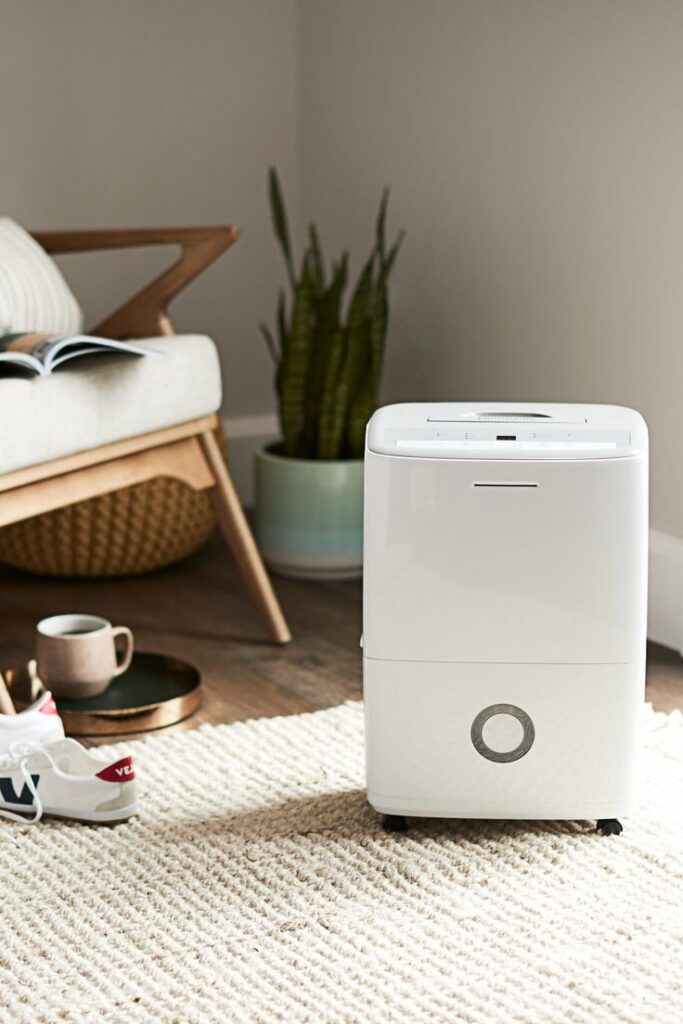
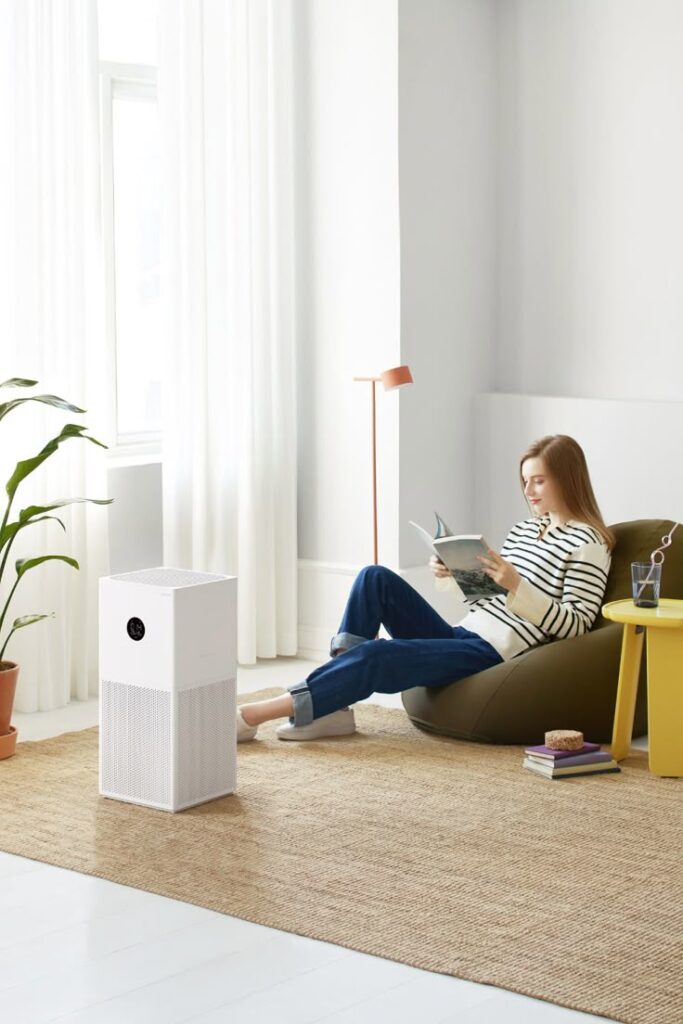
Consistent Comfort
Indoor areas often stay pleasant and inviting with constant fresh air. It improves comfort by reducing temperature variations for occupants.
Set Up and Upkeep
A balanced ventilation system needs planning far ahead of time. Experts analyse the building’s structure and decide where to install air supplies and exhaust units. If installed correctly, it will function to its utmost potential. This is also where regular maintenance comes in. Clean or change filters and check fans for proper operation.
Types of Ventilation
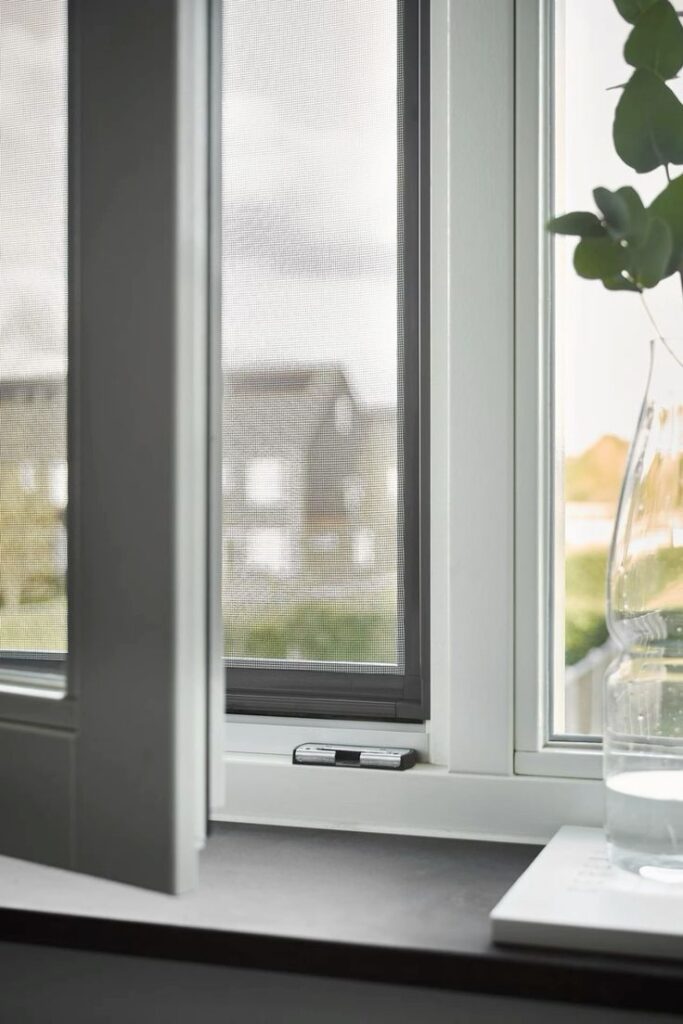
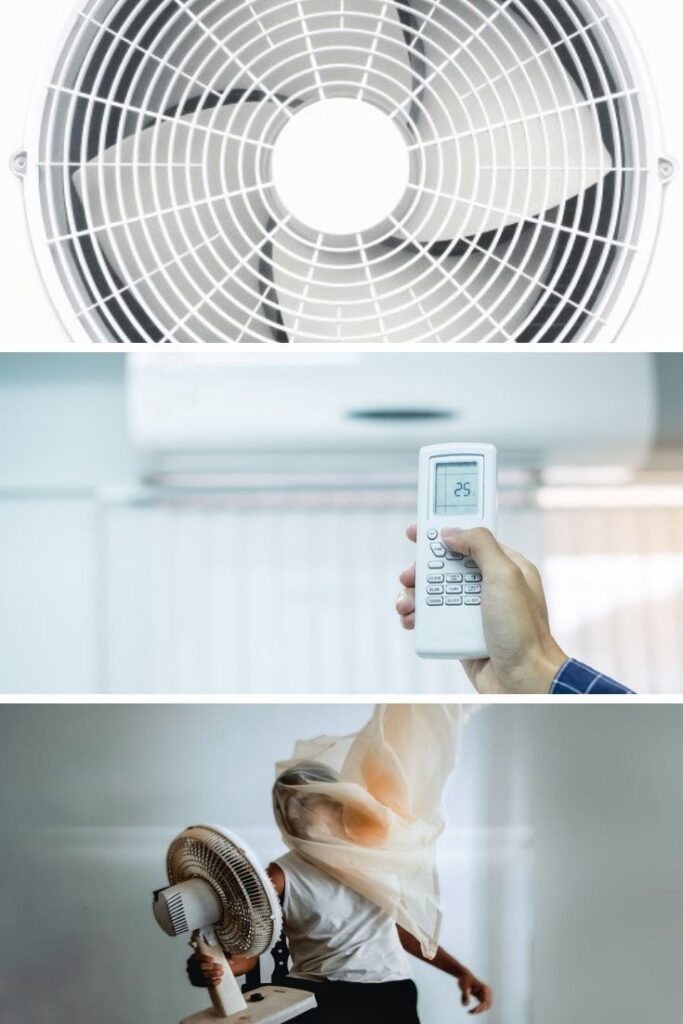
We often compare them to other ventilation systems, particularly natural and exhaust-only systems. Natural ventilation largely depends on windows and vents, which are variable and weather-dependent. Exhaust-only systems pull air out but do not bring in outside air, which can lead to a negative pressure and unwanted air infiltration. Balanced systems are more reliable and have more control.
Selecting the Right System
If you are a homeowner considering a balanced ventilation system, you must assess your specific needs. There are several considerations in selecting an appropriate system based on building size, climate, and air quality concerns. Talking with a pro can offer some helpful info and, in addition, develop a system to fit your needs.
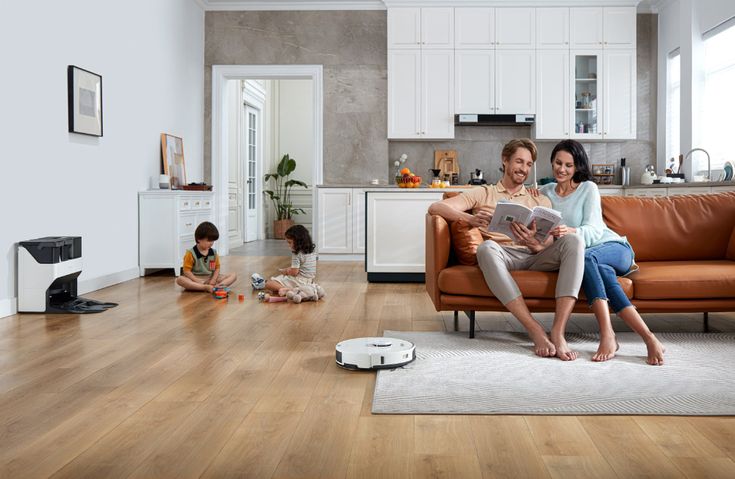
Environmental Impact
Balanced ventilation systems help the environment. These systems reduce overall energy usage while improving efficiency and helping to maintain appropriate air quality. Not only does this help the environment, but it can also significantly reduce homeowners’ utility bills.
Conclusion
A balanced ventilation system can provide many benefits, such as better indoor air quality and energy efficiency. By constantly providing fresh air, these systems make for healthier and more comfortable indoor environments. To help homeowners encourage a healthier indoor environment, people should consider the advantages and benefits of a balanced ventilation system. When installed and maintained correctly, these systems permanently enhance the quality of indoor air and reduce health complications.
- 10shares
- Facebook0
- Pinterest10
- Twitter0



